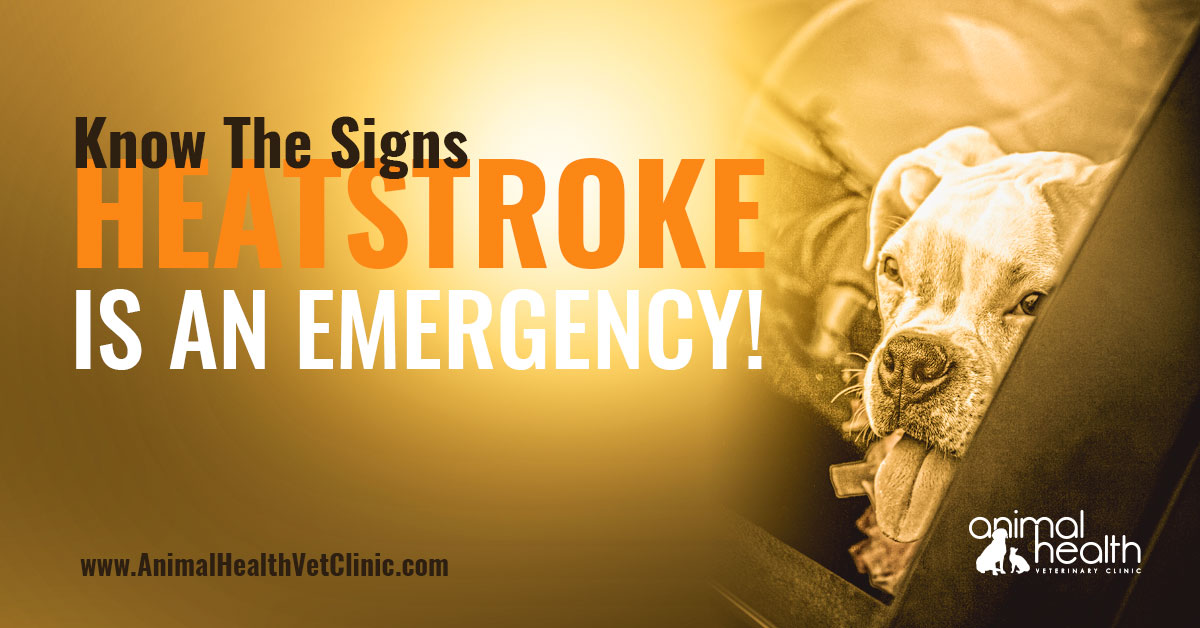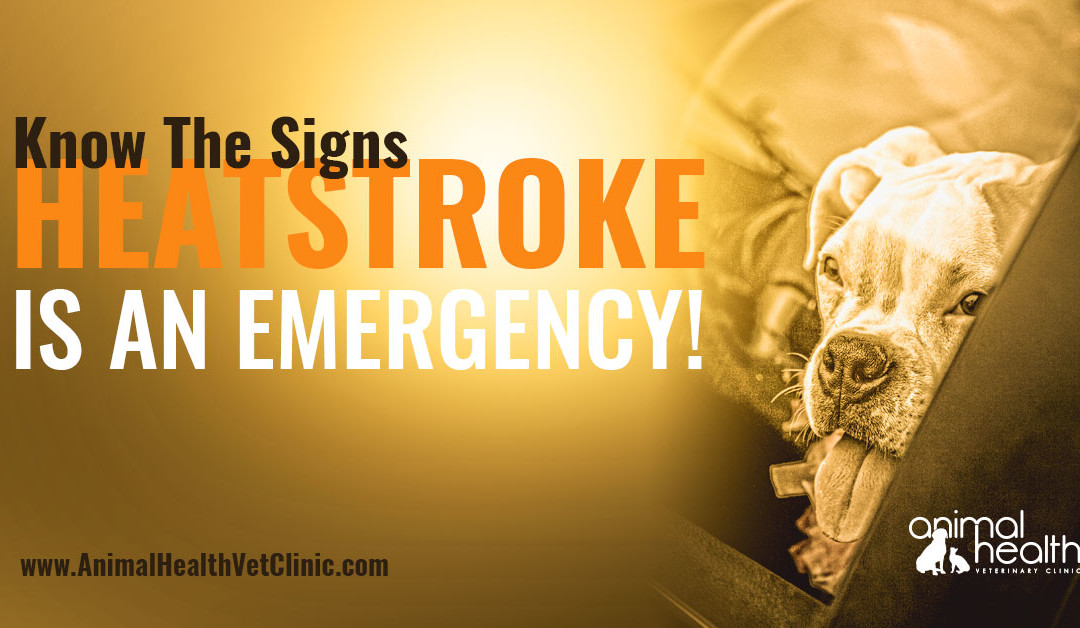 Heat Stroke in Pets
Heat Stroke in Pets
Signs, Symptoms and Treatment?
Primary Cause of Heat Stroke in Animals
Excessive environmental temperature, with or without excessive humidity, and without access to a cool shaded area or water, will eventually lead to heat stroke.
Know the Conditions for Heat Stroke
HEAT STROKE occurs when your pet’s core body temperature reaches over 106 degrees. Heat stroke is more common in dogs but can also occur in cats when they become severely overheated.
Heat stroke results from:
- exposure to hot and humid environment (every day in Florida’s warmer months)
- exertion from excessive physical activity
- occurs MORE RAPIDLY with excessive physical activity in a hot and humid environment
Common Causes of Heat Stroke
Leaving a Pet in a Car
Heat stroke is very common in pets living in Florida and can sneak up on your pet very quickly!
The most common cause of heat stroke is when a dog is left in a car. The temperature inside a car during warmer months can soar 20 degrees in 10 minutes. Put into perspective, an outside temperature of 95 degrees means the temperature inside a car can reach 114 degrees within TEN MINUTES!
Exercise in Warmer Months
The same activity during cooler months can lead to heat stroke in your pet during the warmer months. The usual walk during the summer months should be performed during the cooler parts of the day (morning and evening). Exercise should be limited during extreme temperatures.
Make sure your pet ALWAYS has plenty of water and shade available if they are outside for any length of time. If the temperature gets too high, BRING them inside!
Factors That Increase the Possibility and Severity of Heat Stroke
Obesity : If your pet is overweight, they will overheat much quicker.
Short Faced Dog Breeds : English Bulldogs and Pugs are at much higher risk. These breeds have narrow airways and are less able to cool themselves.
Senior Pets : Older dogs and cats are much less tolerant to high temperatures and should be exercised with caution during the warmer months.
Tiny Breeds : Overheat much quicker.
Signs and Symptoms of Heat Stroke
There will be a noticeable difference in your pet’s behavior if they are suffering from heat stroke.
- Excessive Panting
- Weak and collapses
- Lethargy
- Disorientation
- Pin-point hemorrhages on skin
- Bloody diarrhea
- Seizures
- Coma
What To Do
Immediate action must be taken when a pet is suffering from heat stroke! Death will occur within minutes of the body’s core reaching 110 degrees.
It’s important to begin the cooling process where you are! Begin cooling your pet with a cool bath or garden hose. NEVER immerse your pet in an ICE BATH or COLD water. TOO RAPID cooling can shock the heart and can also cause vasoconstriction which traps heat in the body. Instead use cool (not cold) water. You can also lay cool, wet towels on them BUT change them OFTEN! The towels will heat up quickly and this will trap heat.
Get Your Pet to the Vet!
Transport your pet to your veterinarian or emergency hospital. Your vet will immediately assess how advanced your pet’s condition is. The prognosis will depend on how high the core temperature and the length of time they are hyperthermic. A core body temperature over 108 is critical. Organ failure leads to the body’s inability to clot blood and unfortunately, almost guarantees a poor prognosis.
Heat Stroke is a critical condition and usually requires intensive care. Your veterinarian will administer IV fluids to help lower your pet’s temperature, counteract the effects of shock and minimize the risk of organ damage.
Heat stroke is often FATAL if not recognized and treated quickly!
PREVENTION is the Key
Heat stroke can very easily be avoided. Know and pay attention to your pet and their needs. During the summer months, simply increase your sensitivity to your pet’s requirements and make some minor adjustments. A good rule of thumb: if you’re uncomfortable, so is your pet. Take a focused look at how they’re doing.
- Don’t take chances leaving your pet in the car during the warmer months for ANY amount of time. Never allow your pet to be confined to an area where they are unable to escape the sun or heat.
- Be sure your pets always have access to cool shady areas and plenty of water.
- Do not allow your dog to exercise excessively during the heat of the day. Limit walks and exercise to early morning and evening.

